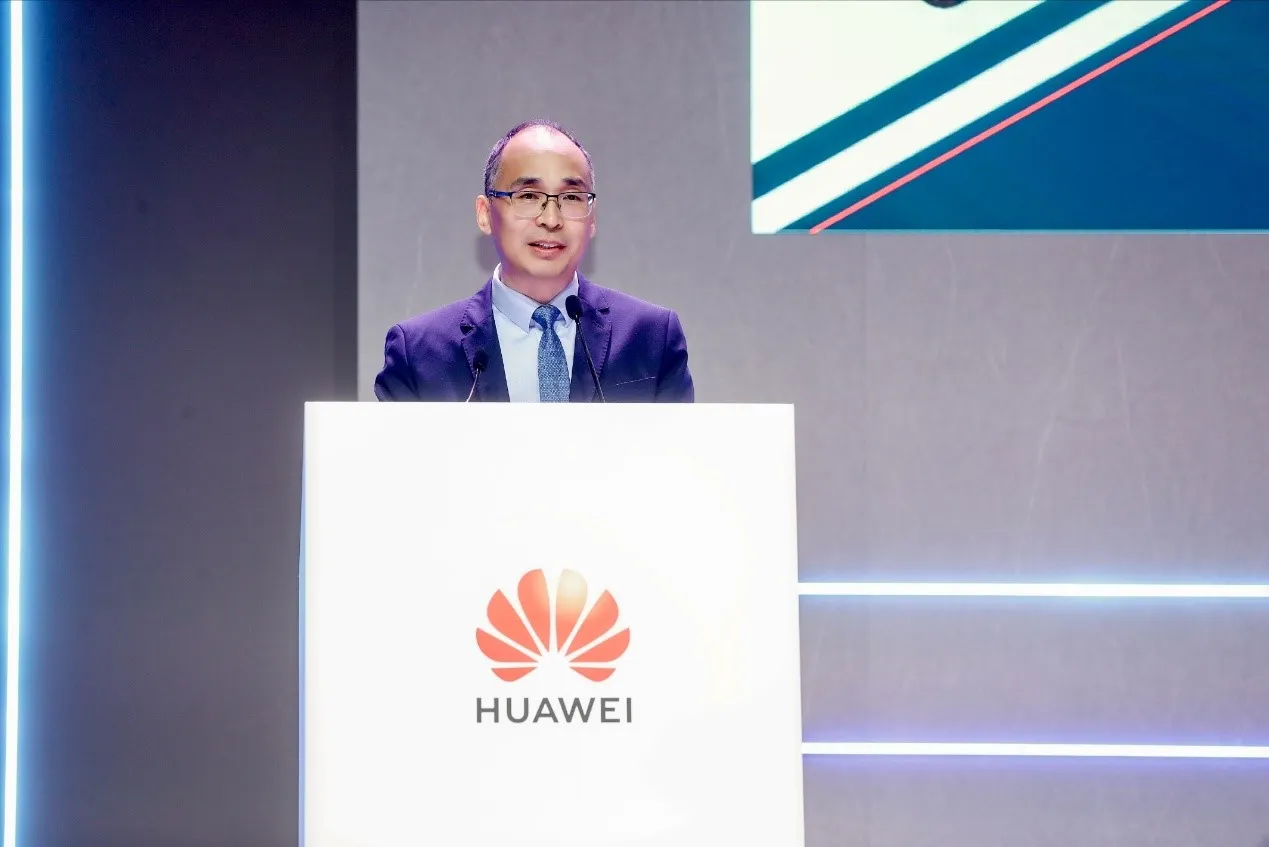Advances in biometrics will radically transform the driving experience, health wellness and wellbeing (HWW) and security of vehicles by 2025, according to Frost and Sullivan.
As one in three new passenger vehicles begin to feature fingerprint, iris, voice and gesture recognition, heart beat and brain wave monitoring, stress detection, fatigue, eyelid and facial monitoring and pulse detection, these will be driven by built-in, brought-in and cloud enabled technologies, the automotive biometrics network wi
November 18, 2016
Read time: 2 mins
Advances in biometrics will radically transform the driving experience, health wellness and wellbeing (HWW) and security of vehicles by 2025, according to Frost and Sullivan.
As one in three new passenger vehicles begin to feature fingerprint, iris, voice and gesture recognition, heart beat and brain wave monitoring, stress detection, fatigue, eyelid and facial monitoring and pulse detection, these will be driven by built-in, brought-in and cloud enabled technologies, the automotive biometrics network will surge ahead. Major automotive original equipment manufacturers (OEMs) and Tier 1 suppliers must stay abreast of technologies, business models, and regulations shaping this dynamic space.
“Partnerships between automotive OEMs and wearable companies will result in faster penetration of biometrics within the automotive industry , allowing OEM’s to save on biometrics-related R&D expenditure, while creating growth avenues for wearables companies” said2097 Frost & Sullivan Intelligent Mobility Industry analyst Joe Praveen Vijayakumar. “New business models such as device as a service and health as a service will also emerge.”
The Biometrics in the Global Automotive Industry, 2016–2025 analysis finds that OEMs and suppliers are investing in advanced biometrics based on human machine interaction (HMI) concepts such as natural language and gesture recognition. They are also vertically integrating and funding relevant start-ups to build a stronger portfolio.
“Urbanisation will continue to fuel emphasis on biometrics-driven advanced driver assistance system (ADAS) features to navigate heavy traffic while ensuring, safety and comfort” noted Praveen. “However, customer concerns surrounding the safety of the sensitive data collected through biometrics will compel suppliers to also invest in cyber-security measures to build credibility and increase growth.”
As one in three new passenger vehicles begin to feature fingerprint, iris, voice and gesture recognition, heart beat and brain wave monitoring, stress detection, fatigue, eyelid and facial monitoring and pulse detection, these will be driven by built-in, brought-in and cloud enabled technologies, the automotive biometrics network will surge ahead. Major automotive original equipment manufacturers (OEMs) and Tier 1 suppliers must stay abreast of technologies, business models, and regulations shaping this dynamic space.
“Partnerships between automotive OEMs and wearable companies will result in faster penetration of biometrics within the automotive industry , allowing OEM’s to save on biometrics-related R&D expenditure, while creating growth avenues for wearables companies” said
The Biometrics in the Global Automotive Industry, 2016–2025 analysis finds that OEMs and suppliers are investing in advanced biometrics based on human machine interaction (HMI) concepts such as natural language and gesture recognition. They are also vertically integrating and funding relevant start-ups to build a stronger portfolio.
“Urbanisation will continue to fuel emphasis on biometrics-driven advanced driver assistance system (ADAS) features to navigate heavy traffic while ensuring, safety and comfort” noted Praveen. “However, customer concerns surrounding the safety of the sensitive data collected through biometrics will compel suppliers to also invest in cyber-security measures to build credibility and increase growth.”








